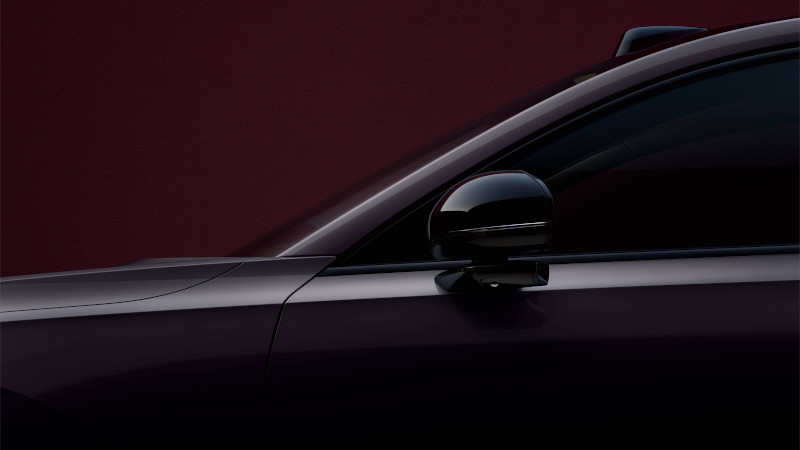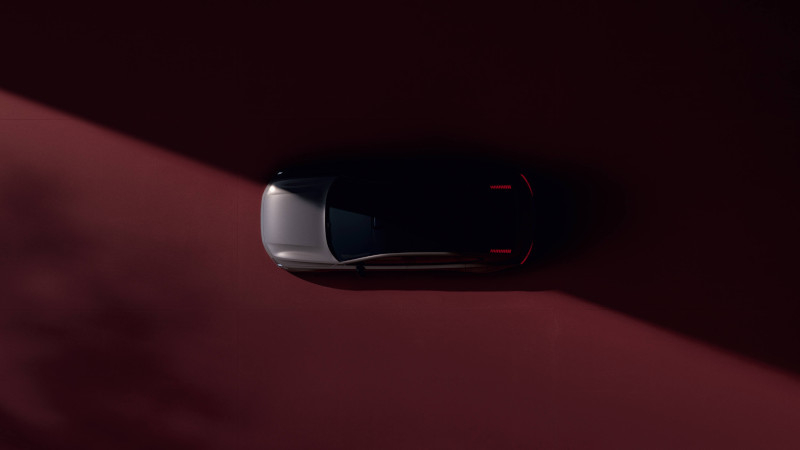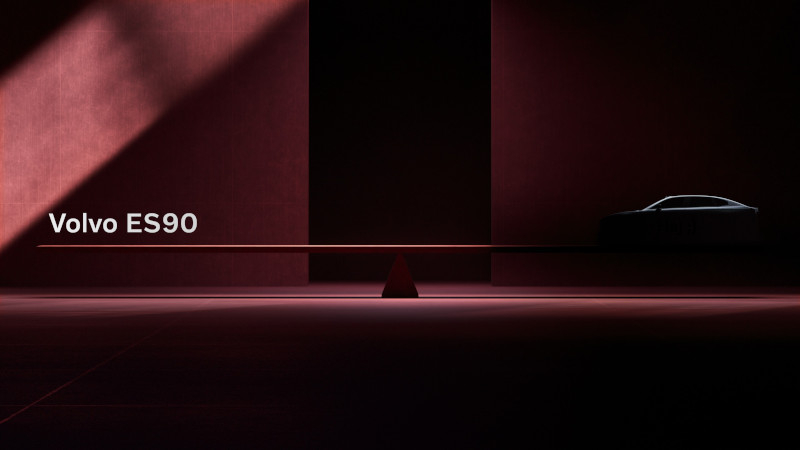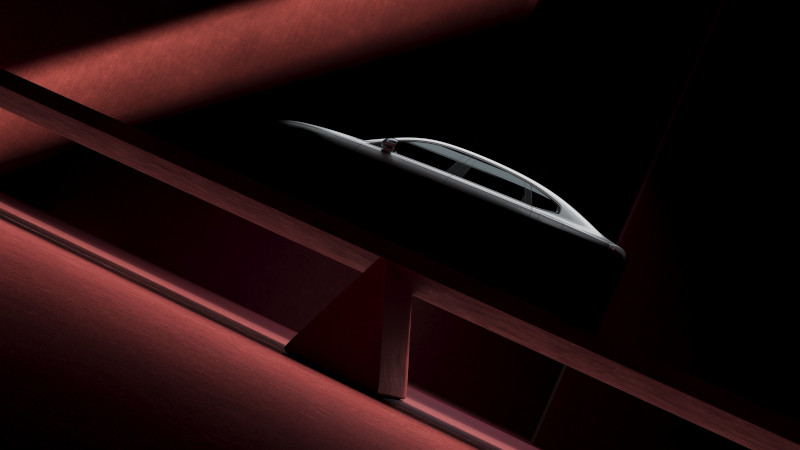Volvo is preparing the ES90 electric sedan, a car with the highest computing performance. Built on the SPA2 platform and using the Superset technology stack, the electric car is equipped with a pair of Nvidia Drive AGX Orin supercomputers. The system, with a performance of 508 trillion operations per second (TOPS), provides instant processing of data from sensors, controls active safety systems based on AI in real time and optimizes energy distribution.

Image source: Volvo Car Corporation
The dual Orin system represents a significant improvement over Volvo’s previous solutions. The new supercomputer delivers eight times the performance of the Nvidia Xavier, which was used in 2018 when Volvo announced its strategic partnership with Nvidia. The increased computing power will enable significant improvements to machine learning algorithms, increasing the amount of data processed by Volvo’s neural networks from 40 million to 200 million parameters. This will create the basis for the electric car to perceive its surroundings more accurately, reduce response times to traffic situations, and improve the efficiency of the autopilot.
The Superset technology stack that underpins the ES90 is a modular engineering platform designed for future Volvo cars. This unified approach will allow the company to build new models on a single architecture, reducing development costs and accelerating the introduction of advanced technologies.

The Superset includes key modules: autonomous driving, energy management, environmental monitoring and over-the-air software updates. This will allow the ES90 to receive new features, improve over time and remain relevant even after it hits the market.

The concept of software-defined cars has become an industry standard following the success of Tesla, the first company to introduce vehicles that can be updated via mobile internet or Wi-Fi. Volvo is also moving in this direction, but faces technological challenges.

The previously unveiled EX90 electric SUV with a single Nvidia Drive AGX Orin chip was supposed to be the company’s first model to use the Superset stack, but its launch was delayed by software issues. When it finally arrived, it was found to be missing many of the promised features. Volvo hopes to overcome these challenges with the ES90 and create a fully adaptive car.

Volvo says driver assistance features, safety systems, and even battery range will improve over time through algorithm optimization and software updates. What’s more, the ES90 and EX90 will share a common technology platform, allowing updates to be synchronized between models and ensuring long-term support.